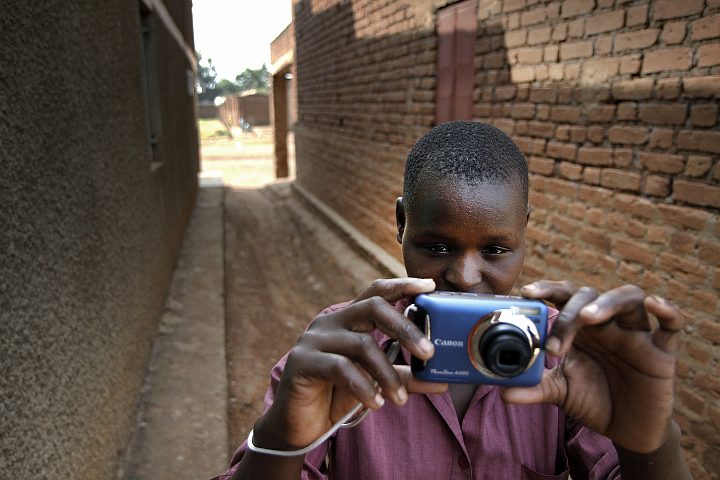Photojournalist Marc Ellison spent last summer working with female, former child soldiers in war-ravaged northern Uganda. Conscious of resentful attitudes to journalists, Ellison adopted a unique, 'anthropographic' approach in his examination of the issues these former combatants continue to face in their post-conflict lives: He helped them tell their own stories.
Photojournalist Marc Ellison spent last summer working with female, former child soldiers in war-ravaged northern Uganda. Conscious of resentful attitudes to journalists, Ellison adopted a unique, 'anthropographic' approach in his examination of the issues these former combatants continue to face in their post-conflict lives: He helped them tell their own stories.
In the summer of 2011 I conducted IDRC-funded research into how successfully reintegration efforts had helped 40 formerly abducted women in northern Uganda settle into their post-conflict lives.
[node:ad]
Budget-wise it was a bit of a gamble. But the results were surprising. Not only was the standard of photography high, but more surprisingly it brought up a number of issues not covered in our regular interviews.

Marc Ellison is a freelance reporter, and data journalist for The Vancouver Sun. In recent years he suffered a pre-midlife crisis, and has since turned his back on a decade-long IT career to pursue his passion for reporting. The training Marc received as part of Carleton University's Masters of Journalism program has since helped him establish a freelance career in Canada, South Sudan and Uganda. He will be publishing his multimedia website, Dwog Paco, on the reintegration of female former child soldiers in the first week of April 2012.






